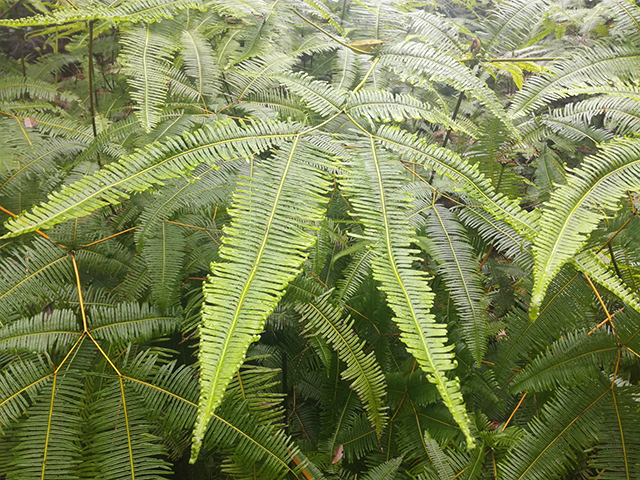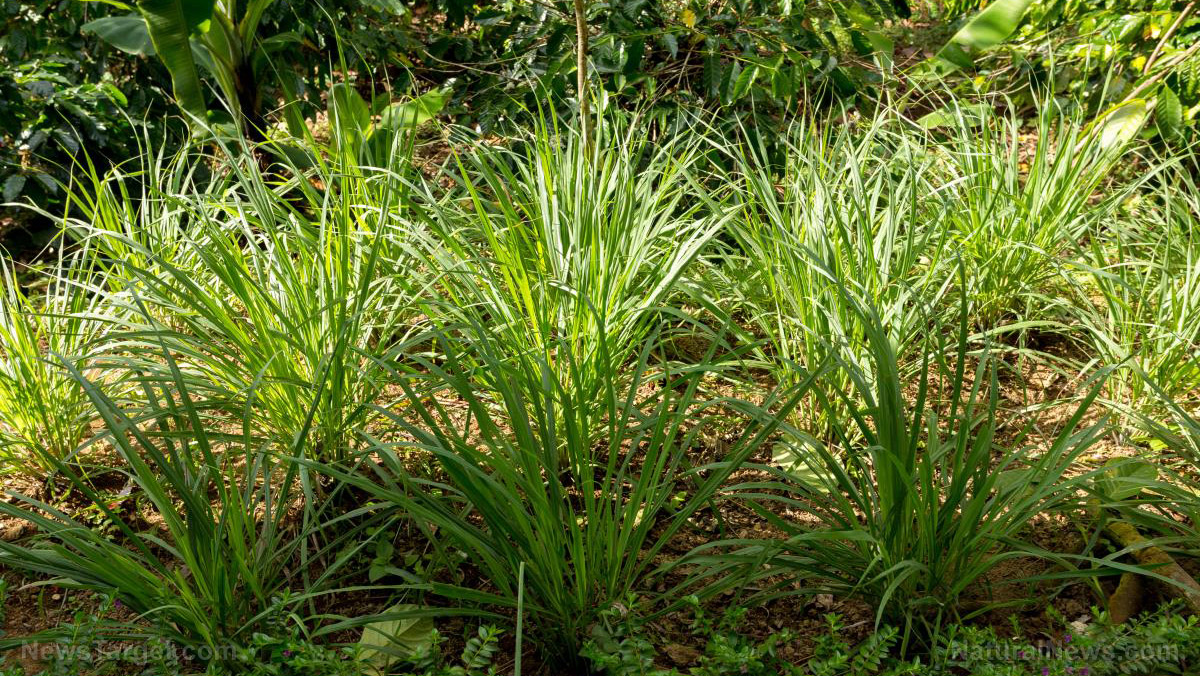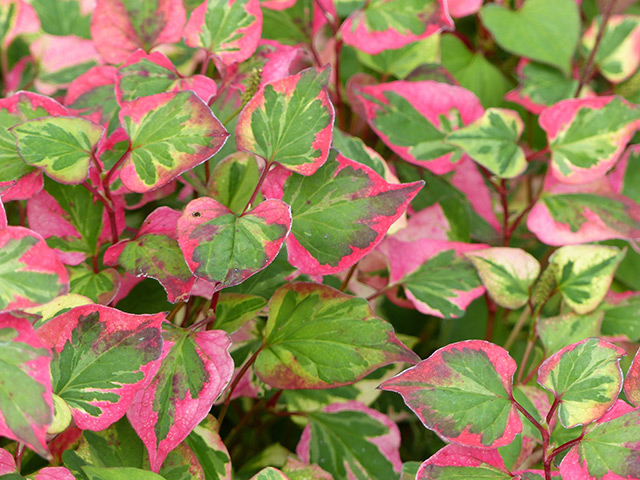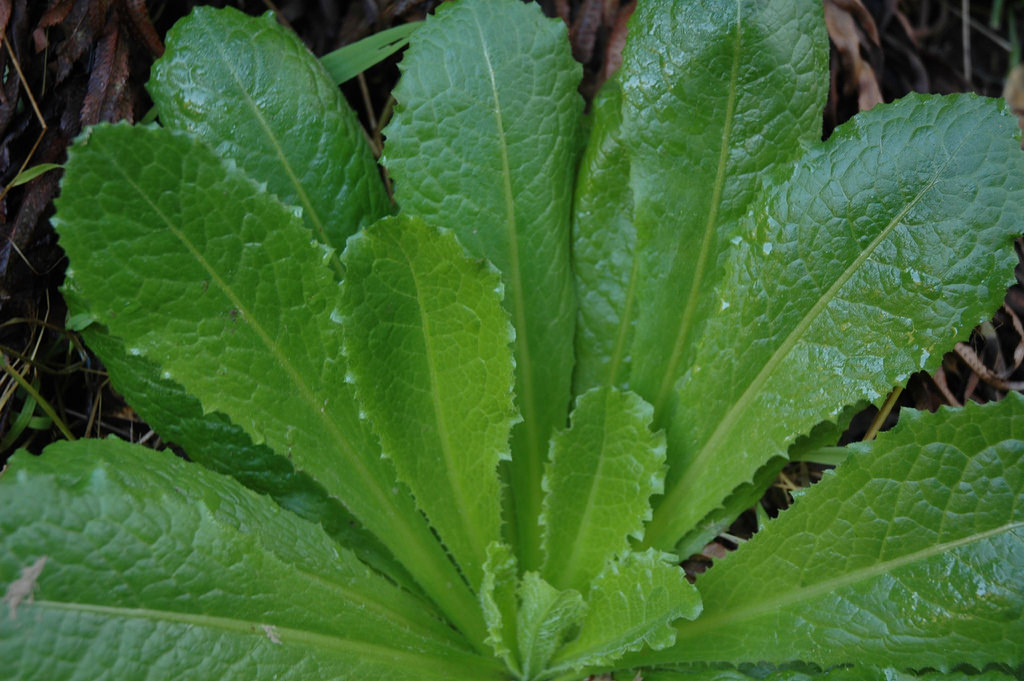The bulb of the sarang semut observed to effectively inhibit the growth of Streptococcus mutans
07/09/2018 / By RJ Jhonson

Research has shown that the bulb of Myrmecodia pendans (also called sarang semut) is effective against Streptococcus mutans, one of the main pathogens behind tooth decay. In the journal BMC Complementary and Alternative Medicine, scientists isolated the active compound in M. pendans and proved its antibacterial properties.
- M. pendans is used in Papua province in Indonesia as an herbal treatment for a variety of conditions including fever, diarrhea, gout, and tumors.
- The scientists obtained M. pendans extract with ethyl acetate. This extract was separated and its active compound isolated using chromatographic purification. They characterized the structure of the compound using UV, IR, NMR, and MS spectrometry. After this, the isolated compound was applied to biofilms of S. mutans to determine its minimum biofilm inhibitory concentration (MBIC) and minimum biofilm eradication concentration (MBEC) values.
- The researchers identified the compound as terpenoid compound, a derivative of labdane diterpene with the chemical formula C31H50O3. Its MBIC value was determined to be at 50 ppm and its MBEC at a one-minute induction time was 40 percent.
The researchers concluded that M. pendans had the potential to be developed into an antibacterial agent specifically for the inhibition, prevention, and eradication of biofilms.
Read the full text of the study at this link.
Journal Reference:
Gartika M, Pramesti HT, Kurnia D, Satari MH. A TERPENOID ISOLATED FROM SARANG SEMUT (MYRMECODIA PENDANS) BULB AND ITS POTENTIAL FOR THE INHIBITION AND ERADICATION OF STREPTOCOCCUS MUTANS BIOFILM. BMC Complementary and Alternative Medicine. 2018;18(1). DOI: 10.1186/s12906-018-2213-x
Tagged Under: good herb, good plant, Myrmecodia pendans, natural remedy, natural treatment, Streptococcus mutans, tooth decay



















